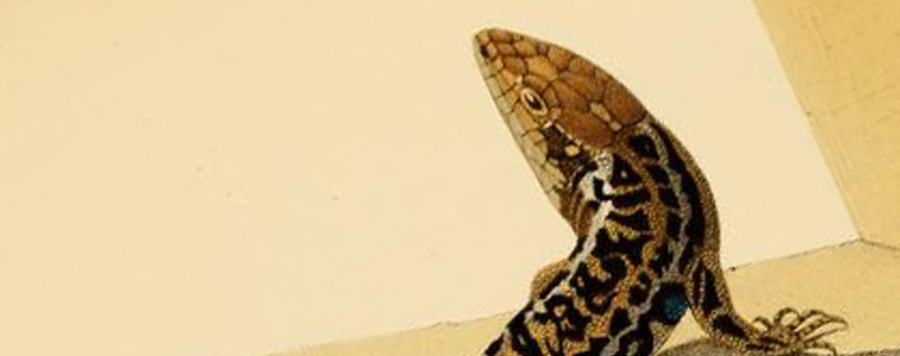
Podarcis siculus latastei (Bedriaga, 1879) of the Western Pontine Islands (Italy) raised to species rank
In recent years, great attention has been paid to many Podarcis species for which the observed intra-specific variability often revealed species complexes still characterized by an unresolved relationship. When compared to other species, P. siculus underwent fewer revisions and the number of species hidden within this taxon may have been, therefore, underestimated. However, recent studies based on genetic and morphological data highlighted a marked differentiation of the populations inhabiting the Western Pontine Archipelago. In the present work we used published genetic data (three mitochondrial and three nuclear gene fragments) from 25 Podarcis species to provide a multilocus phylogeny of the genus in order to understand the degree of differentiation of the Western Pontine populations. In addition, we analyzed new morphometric traits (scale counts) of 151 specimens from the main islands of the Pontine Archipelago. The phylogenetic analysis revealed five principal Podarcis groups with biogeographic consistency. The genetic distinctiveness of the Podarcis populations of the Western Pontine Islands is similar or even more ancient than those observed in numerous other pairs of Podarcis sister species. In the light of these evidences we raise the Western Pontine lizards to specific rank; thus they should be referred to as Podarcis latastei.






